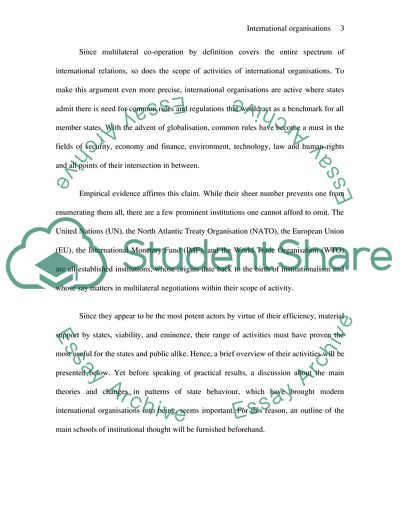Cite this document
(The Huge Growth of International Organisations and the Range of Their Term Paper, n.d.)
The Huge Growth of International Organisations and the Range of Their Term Paper. Retrieved from https://studentshare.org/politics/1730588-account-for-the-huge-growth-in-the-number-of-international-organisations-and-the-range-of-their-activities-since-1945
The Huge Growth of International Organisations and the Range of Their Term Paper. Retrieved from https://studentshare.org/politics/1730588-account-for-the-huge-growth-in-the-number-of-international-organisations-and-the-range-of-their-activities-since-1945
(The Huge Growth of International Organisations and the Range of Their Term Paper)
The Huge Growth of International Organisations and the Range of Their Term Paper. https://studentshare.org/politics/1730588-account-for-the-huge-growth-in-the-number-of-international-organisations-and-the-range-of-their-activities-since-1945.
The Huge Growth of International Organisations and the Range of Their Term Paper. https://studentshare.org/politics/1730588-account-for-the-huge-growth-in-the-number-of-international-organisations-and-the-range-of-their-activities-since-1945.
“The Huge Growth of International Organisations and the Range of Their Term Paper”. https://studentshare.org/politics/1730588-account-for-the-huge-growth-in-the-number-of-international-organisations-and-the-range-of-their-activities-since-1945.


